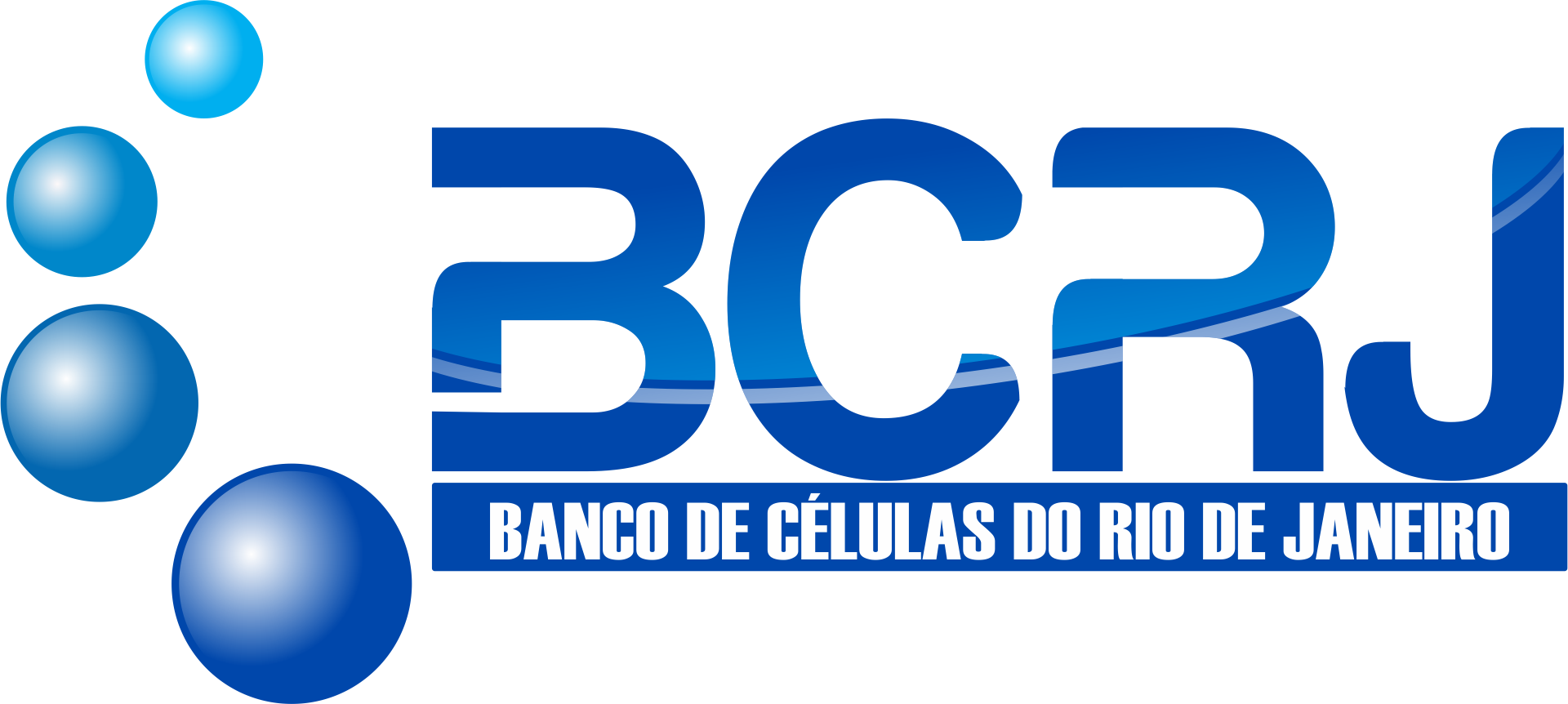| BCRJ Code | 0420 |
| Cell Line | LN-18 |
| Species | Homo sapiens |
| Vulgar Name | Human |
| Tissue | Brain; Cerebrum; Right temporal lobe |
| Cell Type | Epithelial |
| Morphology | Epithelial |
| Disease | Glioblastoma |
| Growth Properties | Adherent |
| Sex | Male |
| Age/Ethinicity | 65 years Year / White |
| Derivation | The LN-18 cell line was established in 1976 from cells taken from a patient with a right temporal lobe glioma. |
| Applications | This cell line is used in studies on apoptosis; 3D cell culture; Neuroscience |
| Products | Oncogene: p53+ (mutated, TGT (Cys) --> TCT (Ser) mutation at codon 238); PTEN+ (wild-type); p16- (deleted); p14ARF- (deleted) Antigen expression: HLA A2, A9, B5, BW35, DRW3 Genes expressed: fibronectin |
| Biosafety | 1 |
| Addtional Info | The cells are negative for glial fibrillary acidic proteins and S100 (S-100) protein. The cells exhibit mutated p53 (TP53) and possible homozygous deletions in the p16 and p14ARF tumor suppressor genes. They have a wild-type PTEN gene. Stimulation of the cells with Fas ligand lead to apoptotic cell death within 16 hours. The cells were also killed by puromycin in a dose dependent manner. Bcl-2 protects these cells from Fas ligand-induced cell death but was shown to have only a small protective effect on puromycin-induced apoptosis. Information received from the depositor indicates the maximum number of serial subcultivations since origin is approximately passage 550. Current lots are available at approximately passage 539. |
| Culture Medium | Dulbecco's Modified Eagle's Medium and fetal bovine serum to a final concentration of 5%. |
| Subculturing | Volumes used in this protocol are for 75 cm2 flask; proportionally reduce or increase amount of dissociation medium for culture vessels of other sizes. Remove and discard culture medium. Briefly rinse the cell layer with 0.25% (w/v) Trypsin-0.53% (w/v) EDTA solution to remove all traces of serum that contains trypsin inhibitor. Add 2.0 to 3.0 mL of Trypsin-EDTA solution to flask and observe cells under an inverted microscope until cell layer is dispersed (usually within 5 to 15 minutes). Note: To avoid clumping do not agitate the cells by hitting or shaking the flask while waiting for the cells to detach. Cells that are difficult to detach may be placed at 37°C to facilitate dispersal. Add 6.0 to 8.0 mL of complete growth medium and aspirate cells by gently pipetting. Add appropriate aliquots of the cell suspension to new culture vessels. Incubate cultures at 37°C |
| Subculturing Subcultivation Ratio | 1:4 to 1:6 |
| Culture Conditions | Atmosphere: air, 95%; carbon dioxide (CO2), 5% |
| Cryopreservation | 95% FBS + 5% DMSO (Dimethyl sulfoxide) |
| Thawing Frozen Cells | SAFETY PRECAUTION:
It is strongly recommended to always wear protective gloves, clothing, and a full-face mask when handling frozen vials. Some vials may leak when submerged in liquid nitrogen, allowing nitrogen to slowly enter the vial. Upon thawing, the conversion of liquid nitrogen back to its gas phase may cause the vial to explode or eject its cap with significant force, creating flying debris.
NOTE: It is important to avoid excessive alkalinity of the medium during cell recovery. To minimize this risk, it is recommended to place the culture vessel containing the growth medium in the incubator for at least 15 minutes before adding the vial contents. This allows the medium to stabilize at its normal pH (7.0 to 7.6). |
| References | Diserens AC, et al. Characterization of an established human malignant glioma cell line: LN-18. Acta Neuropathol. 53: 21-28, 1981. PubMed: 7211194 Ishii N, et al. Frequent co-alterations of TP53, p16/CDKN2A, p14ARF, PTEN tumor suppressor genes in human glioma cell lines. Brain Pathol. 9: 469-479, 1999. PubMed: 10416987 Schlapbach R, Fontana A. Differential activity of bcl-2 and ICE enzyme family protease inhibitors on Fas and puromycin-induced apoptosis of glioma cells.. Biochim. Biophys. Acta 1359: 174-180, 1997. PubMed: 9409814 Flaman JM, et al. A simple p53 functional assay for screening cell lines, blood, and tumors. Proc. Natl. Acad. Sci. USA 92: 3963-3967, 1995. PubMed: 7732013 |
| Depositors | Carolini Kaid Davila - Vyro Biotherapeutics |
| Cellosaurus | CVCL_0392 |



